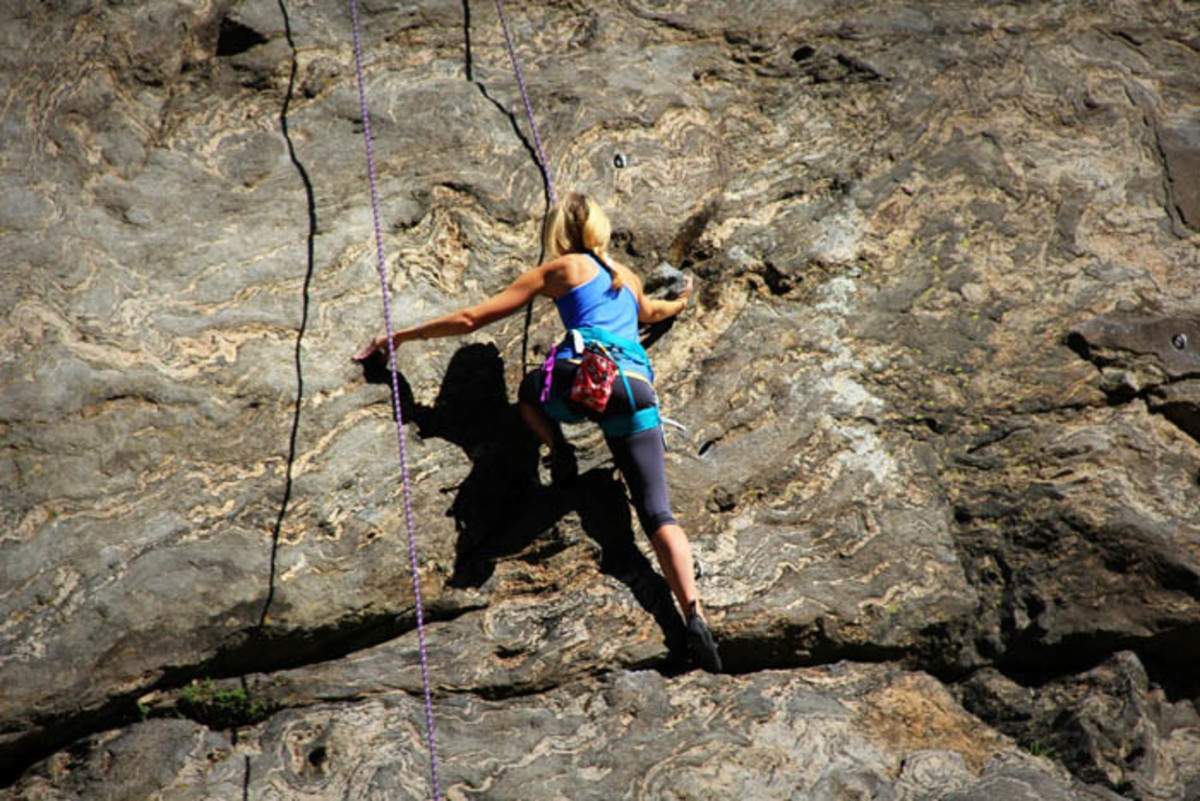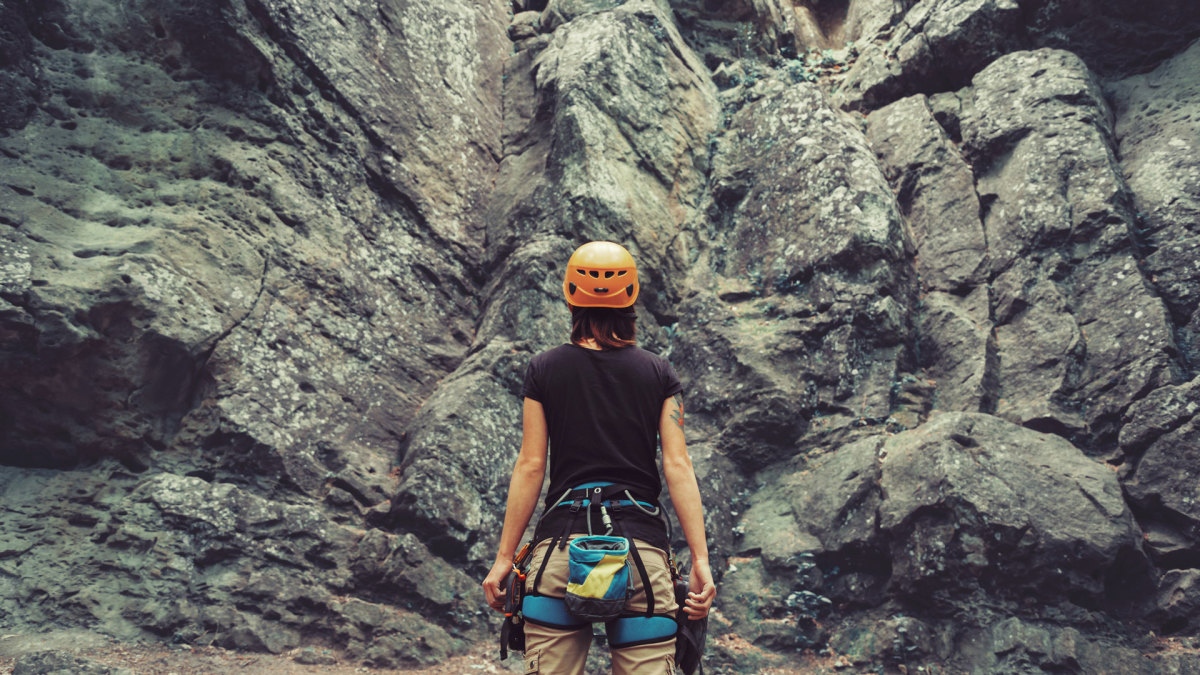There’s no way to pinpoint who first started rock climbing. Historians say 18th-century shepherds had to acquire the skills we associate with modern free-climbing to follow their surefooted goats and sheep into rocky terrain; still others say men climbing rocks appear on Chinese watercolor paintings dating back to 400 B.C.
Maybe that’s why each country has developed its own system for rating the difficulty of a route. Determining this rating is difficult in itself, considering all the nuances of each climb.

Routes are rated by the hardest move on the climb (the “crux”). In the U.S., the Yosemite Decimal Rating System is the most commonly used rating. Here’s what you should know:
Class 1: Walking on an easy, clear, flat trail.
Class 2: Hiking at a steep incline, maybe using hands for balance and support.
Class 3: Climbing up a steep hill and scrambling on rocks with some exposure. A rope is carried, but not used, and hands are used for climbing.
Class 4: A steeper, exposed route—most people use rope. Serious injury occurs if a climber falls.
Class 5: A technical climb that requires belayed roping with protection. A fall from a Class 5 could be fatal.

Or, if you like guidebook writer R.J. Secor’s description:
Class 1: You fall, you’re stupid.
Class 2: You fall, you break your arm.
Class 3: You fall, you break your leg.
Class 4: You fall, you’re almost dead.
Class 5: You fall, you are dead.
Class 5 sub-categories:
5.1 to 5.4: Easy. Climbing on a steep section where there are large hand- and footholds for every move.
5.5 to 5.8: Intermediate. A climber will need strength and practice to climb these with ease. There are small foot- and handholds and the climb is more vertical.
5.9 to 5.10: Hard—beyond the skill of beginners. There are technical, vertical sections with some overhands, and rock-climbing shoes are required.
5.11 to 5.12: Hard to difficult. The next level up, with the same requirements as a 5.10.
5.13 to 5.15: Very difficult. Technical climbs, often with very challenging holds and overhangs.

Depending on the route, there may also be a letter sub-classification (a, b, c), and some guidebooks use a plus or minus instead of letters.
The most important thing to remember is that this system is extremely subjective to your skill level, the type of rock, your body strength, your flexibility and about a hundred other factors.
A rock-climbing rating of 5.9 at the gym is definitely not the same as a 5.9 outdoors, where you’ll have to search for your own holds or maybe the rock is not as reliable as a bolted, man-made hold.
In fact, some people argue that the use of the Yosemite Decimal System in rock gyms is a cause of many accidents outdoors. Use your best judgment, and always warm up on a route that’s well within your skill level.
from Men's Journal https://ift.tt/2WD3UTA
via IFTTT








0 comments:
Post a Comment